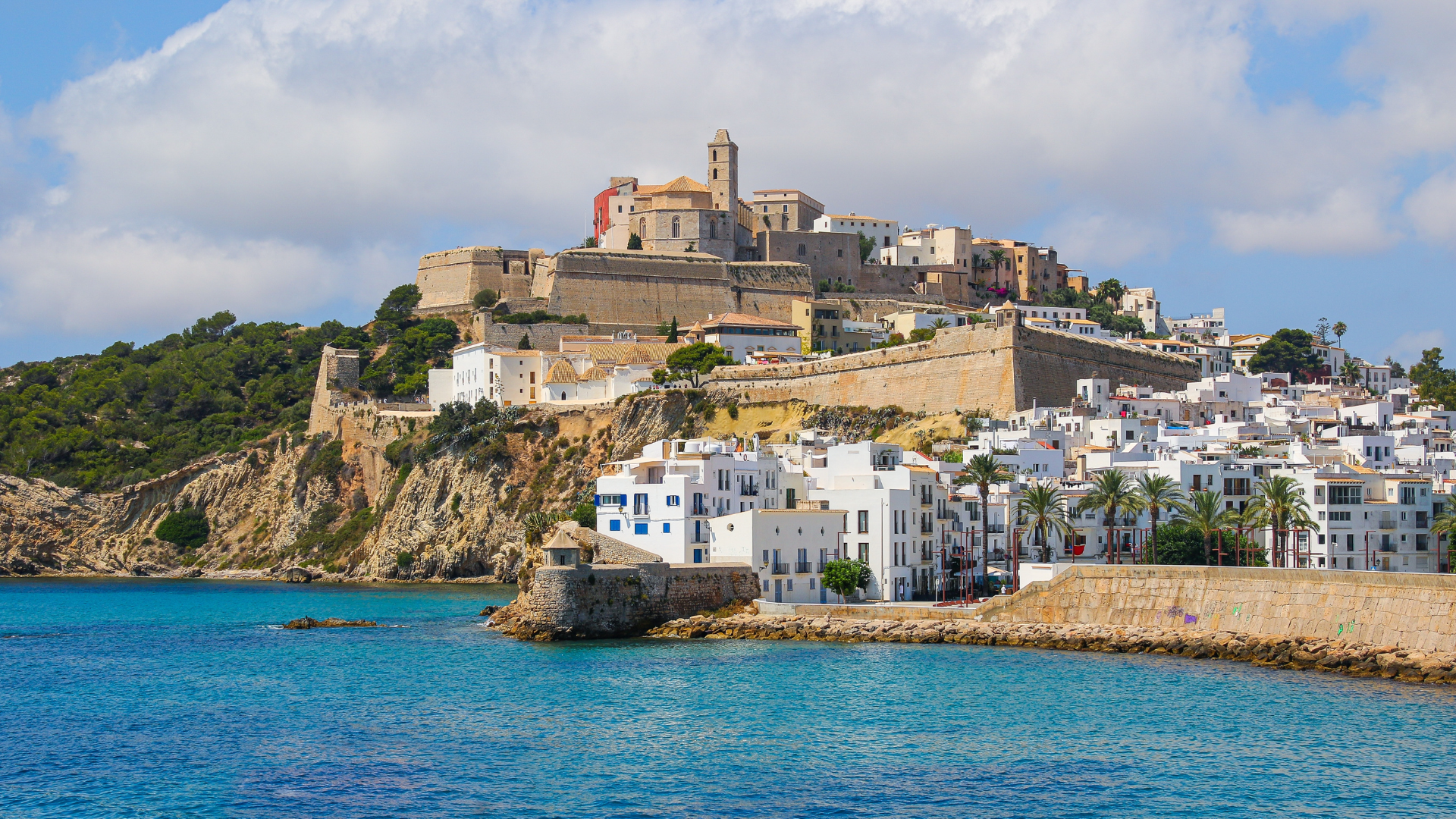Many travelers are used to paying taxes and fees on hotel bills without much thought, but in many countries, a “tourist tax” may be assessed in other places during your stay. Tourist taxes are daily fees charged to visitors of a city (or country) meant primarily to generate revenue for tourism infrastructure, environmental or sustainability projects, or other local resources, though they may also be enforced with the hope of combating heavy tourism at popular destinations.
Some fees vary seasonally or apply only to day visitors at specific attractions, and they may be paid upon entry, included in the cost of a visa, or wrapped into your airfare or hotel charges, which makes them confusing to identify and keep track of. They certainly aren’t new, but they have been increasing in spread and cost in recent years as locales attempt to address an influx of visitors.
In most cases, tourist taxes are nominal, though there are exceptions like Bhutan, which charges a “sustainable development” fee of $100 per night for adults ($50 for children), and New Zealand, whose International Visitor Conservation and Tourism Levy now costs visitors $100 NZD (around $56 USD) when applying for entry. Here are a handful of tourist taxes you’ll want to plan for in 2025.
The United Kingdom’s ETA fee
The UK’s Electronic Travel Authorization (ETA) system has been in the works for awhile, and it goes into effect for non-European travelers on Jan. 8, 2025. Visitors from the U.S. (as well as Canada, Australia, and other visa-exempt countries) will have to apply in advance for entry with your passport details and pay a £10 fee. The authorization is good for stays up to six months and can be used as many times as needed for up to two years. (One euro is about $1.04 US dollars.)
The European Union’s ETIAS fee
Visa-exempt visitors to the EU will (probably) have to pay a similar fee to the UK’s ETA under the European Travel Information and Authorization System (ETIAS) sometime in 2025, though the rollout has been delayed numerous times since 2020. The application will cost 7 euro and requires you to submit passport details and other personal information.
Local tourist taxes in Europe
The number of European destinations charging tourist taxes has increased in recent years (after some were suspended during the height of the pandemic), with additional locales considering adding fees as visitor traffic continues to rise. Some of the most prominent tourist taxes are listed here, but fees are also in place elsewhere, including France, Germany, Austria, Croatia, Slovenia, and Belgium, as well as in Prague and Budapest.
Spain
Tourist taxes are widespread across Spain. Adults age 16 and over visiting the Balearic Islands (Mallorca, Minorca, Formentera, and Ibiza) must pay 1–4 euro per night based on the type of accommodation. Barcelona charges both a city tax of 4 euro per night (which may increase to 8 euro in 2025) and a nightly accommodation tax ranging from 1.70 euro to 3.50 euro. Cruise passengers who enter Barcelona for less than 12 hours are assessed a 3 euro tax, while those staying longer pay 2 euro.
Visitors to Asturias, Galicia, and Tenerife may also encounter various tourist taxes in 2025, with attraction-specific entrance fees likely to be rolled out in Alicante and Seville.
Portugal
Portugal has also implemented various tourist taxes in more than 25 municipalities, including a 4 euro per night charge in Lisbon and a new 3 euro fee to access hiking trails in Madeira. In some destinations, taxes vary by season and are capped at a maximum number of nights.
Italy
Tourists who enter Venice on weekends (Friday to Sunday) and public holidays between April 18 and July 27, 2025 will be charged a 5 euro tax on daytime visits booked more than four days in advance (10 euro for those booked with less notice). There is also a tax on overnight stays ranging from 1 to 5 euro per person, per night depending on the season and accommodation type.
Tourist taxes in Rome vary by accommodation type: from 3 euro per night for campsites to 10 euro per night for 5-star hotels, up to 10 days of continuous stay. Lake Como is considering implementing a daytripper fee with a similar structure to Venice in the near future.
Greece
Greece will increase its visitor fee in 2025 to 2 euros per day during low season and 8 euros per day between April and October. Cruise passengers on day trips to Santorini and Mykonos must pay a 20 euro fee, while those to Athens and Crete will be charged 5 euro. Some hotels will also add a 15 euro surcharge.
The Netherlands
Amsterdam requires a charge of 12.5% of overnight rates on all accommodations, including hotels, vacation rentals, and campsites, as well as a 14.50 euro “day tripper tax” for cruise ship passengers in 2025 (up from 14 euro).
Iceland
Visitors to Iceland will see a fee of ISK 600 (just over $4 USD) tacked onto their hotel bills, while those on cruise ships pay ISK 1,000. Travelers utilizing campsites, mobile homes, and caravans are charged ISK 300.
Other local tourist taxes
Of course, there are plenty of other countries around the world charging fees to foreign travelers, including the following:
Bali, Indonesia: A new tourist tax as of February 2024 costs runs around $10 per person.
Maldives: The “Green Tax” will jump from $6 per day at most accommodations to $12 per day in 2025.
Thailand: Thailand’s tourist tax is a one-time fee of 300 baht (around $9 USD) for travelers arriving by air and 150 baht for those arriving by land or water.
Buenos Aires, Argentina: Hotels charge $1.50 USD per person, per night for foreign tourists.
Quintana Roo, Mexico: Visitors to places like Cancun, Cozumel, and Tulum are assessed a one-time fee that’s around $10–$11 in addition to various hotel taxes around Mexico.
